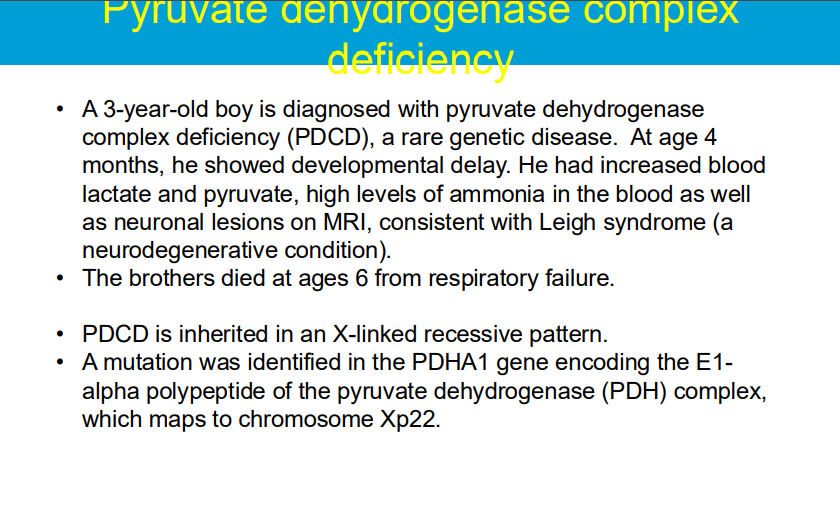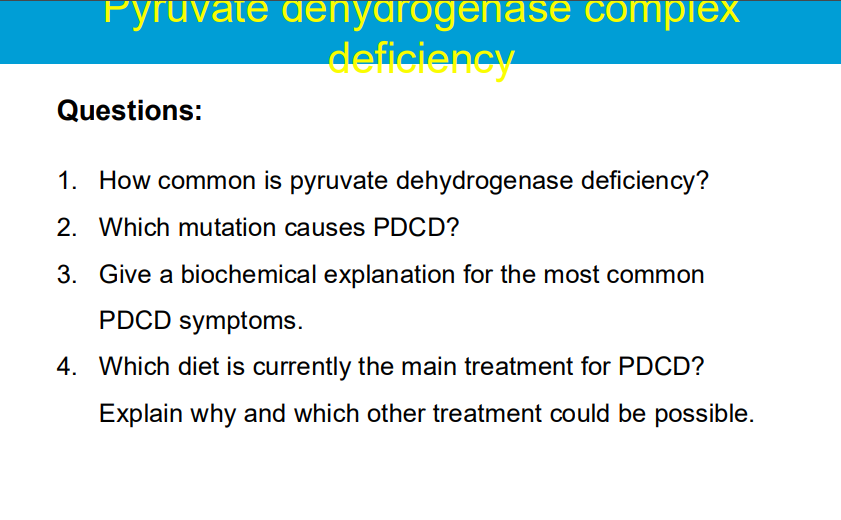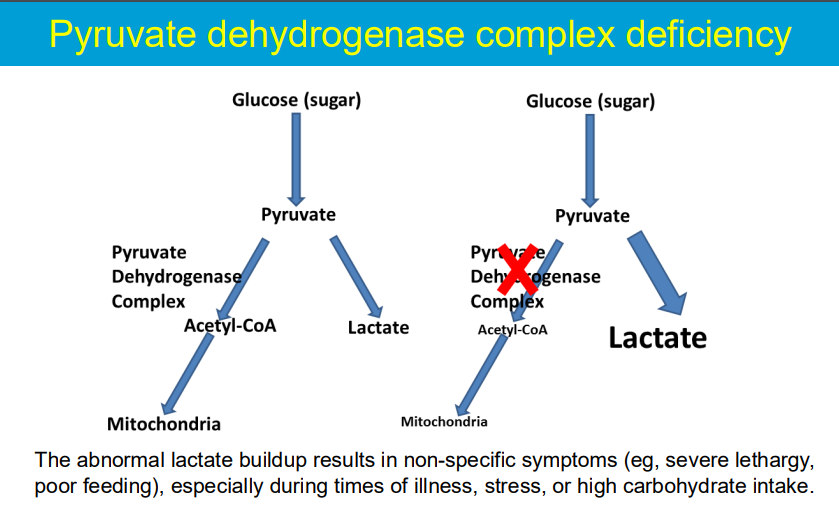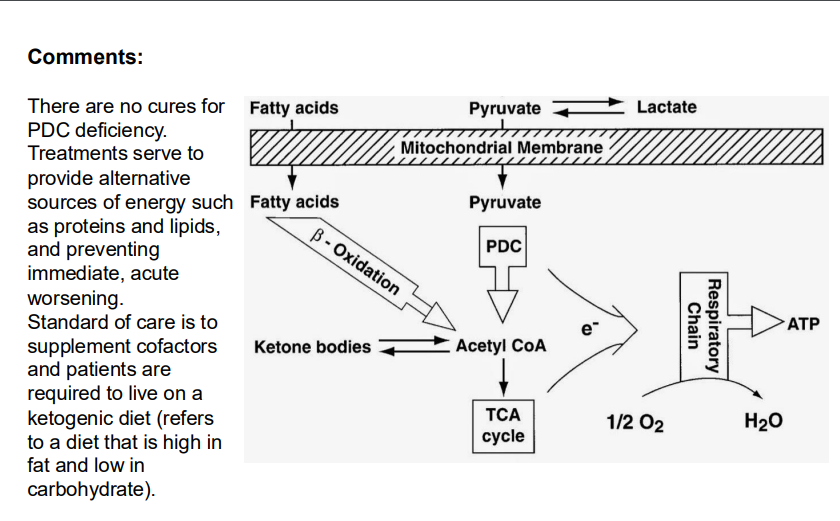TCA cycle
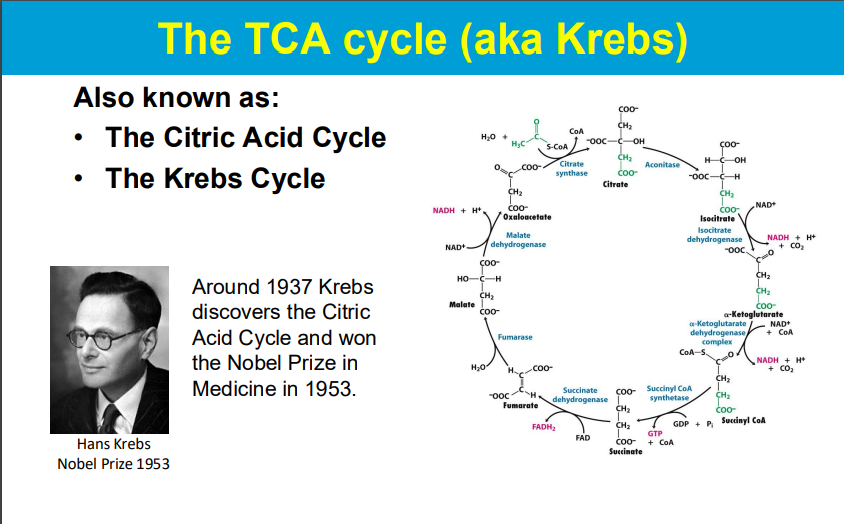
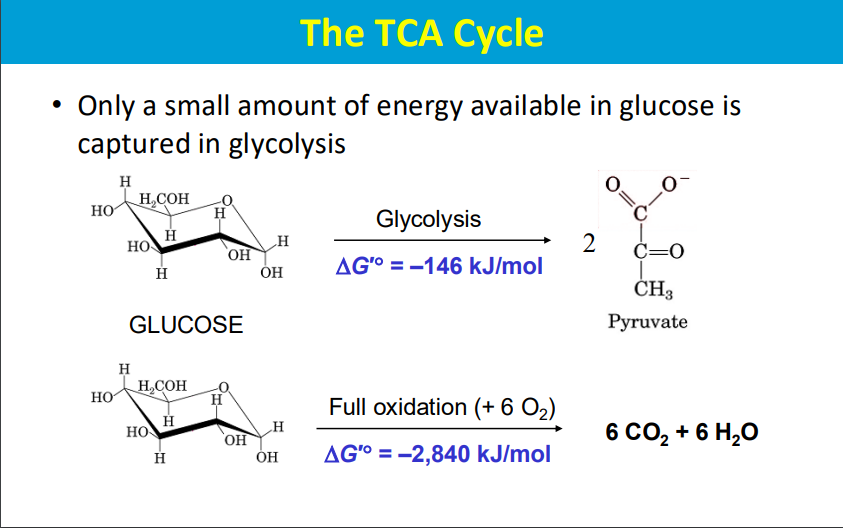
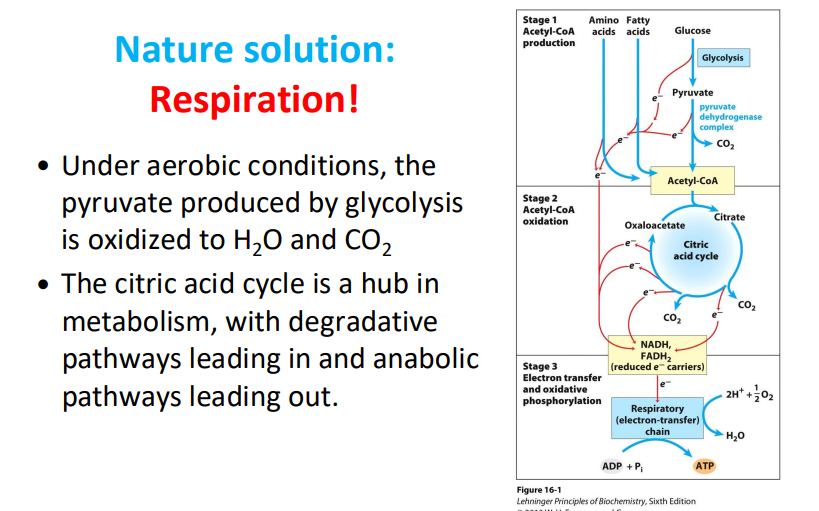
The citric acid cycle, also known as the Krebs cycle, acts as a central metabolic hub where molecules from various degradative pathways (like glycolysis and beta-oxidation) enter as acetyl-CoA, and intermediates from the cycle can be used as building blocks for various anabolic pathways, allowing it to function as both a catabolic and anabolic pathway simultaneously.
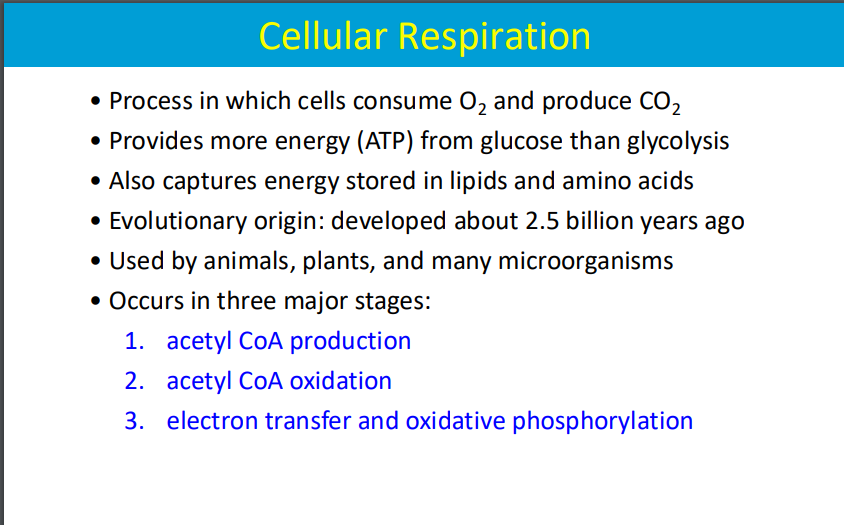
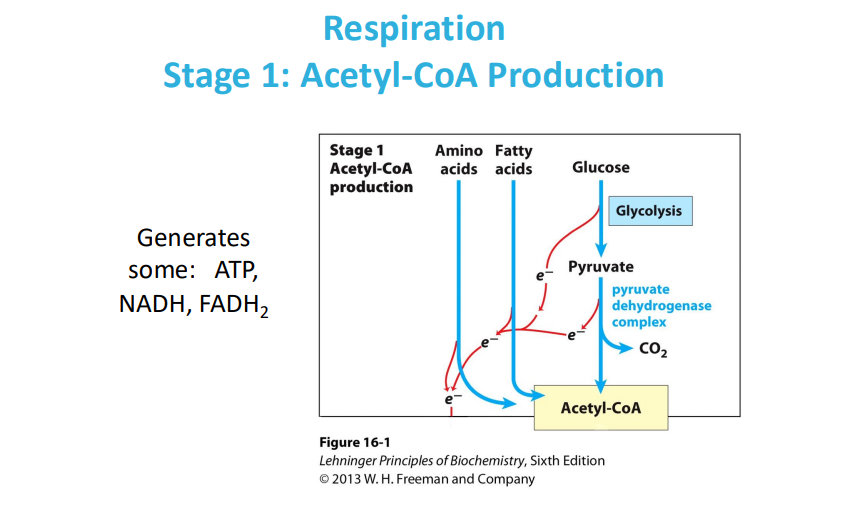
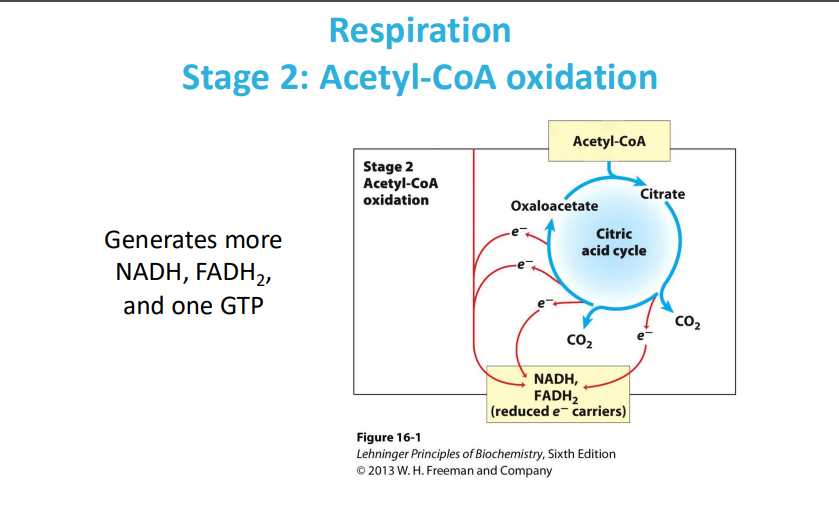
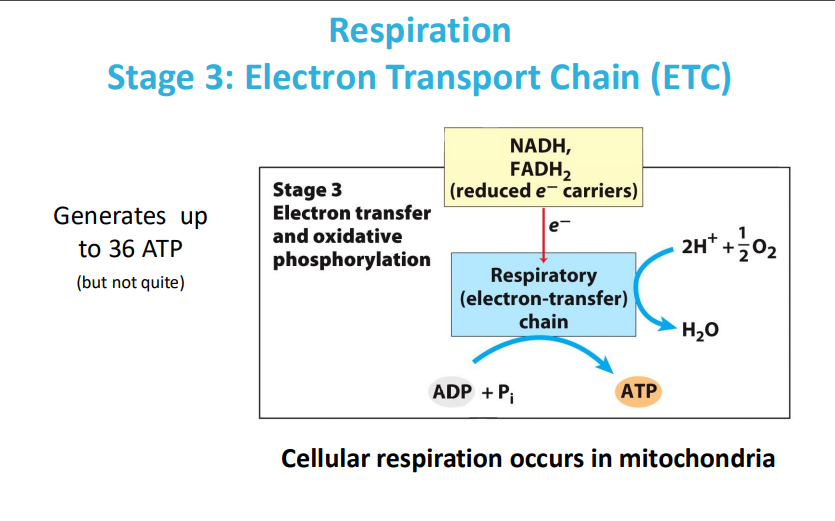
1. What is the purpose of the citric acid cycle?
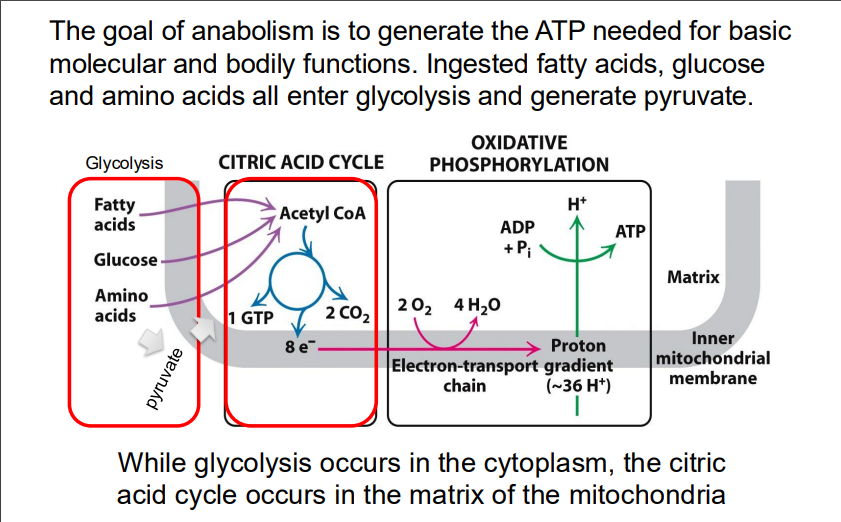
How is pyruvate formed into Acetyl CoA
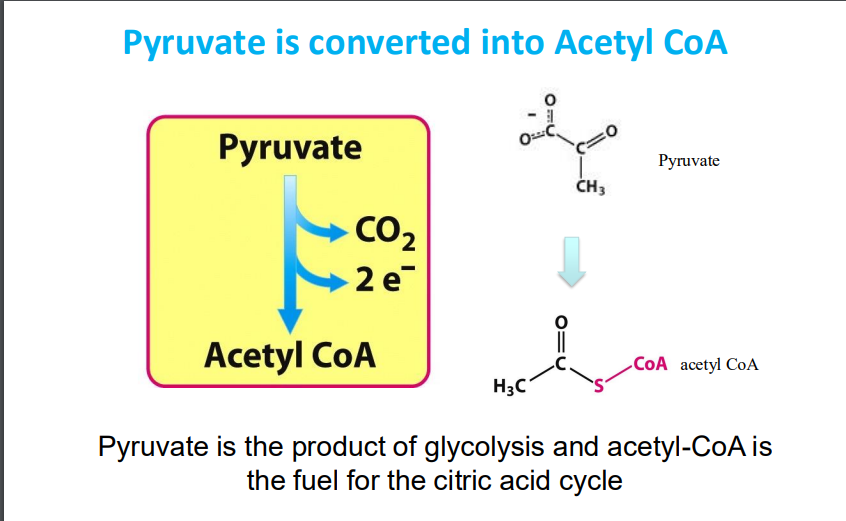
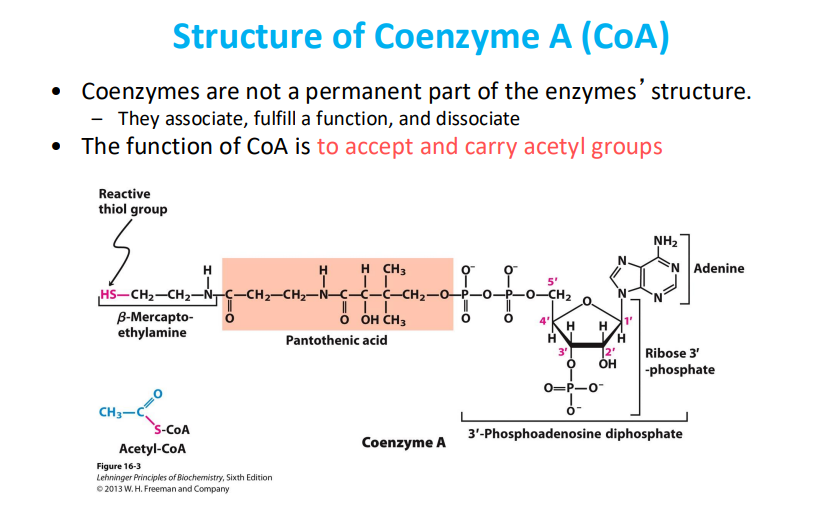
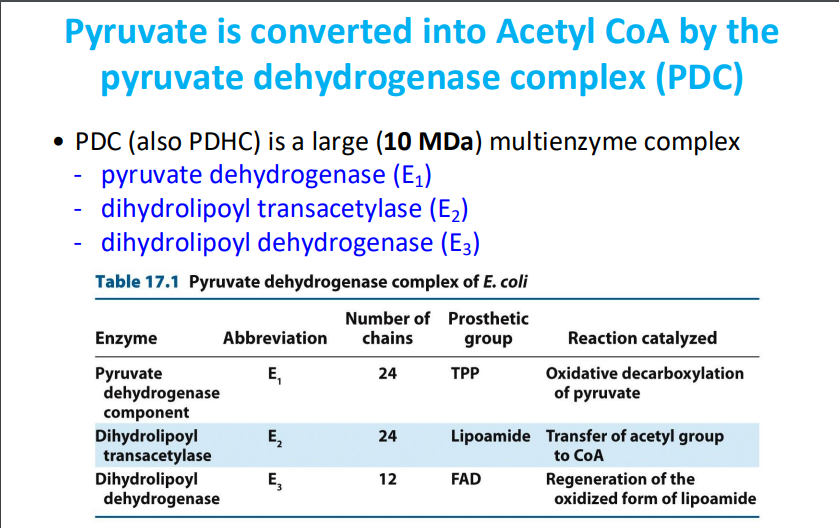
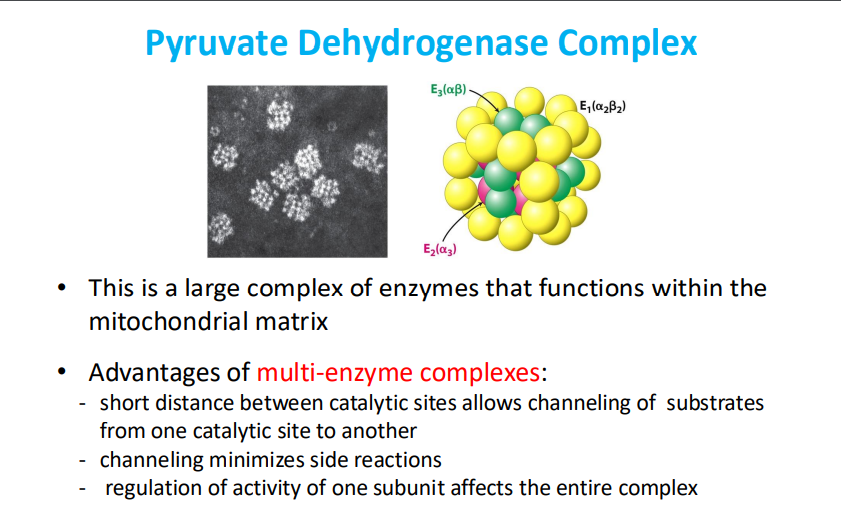
**IN THE MITOCHONDRIAL MATRIX
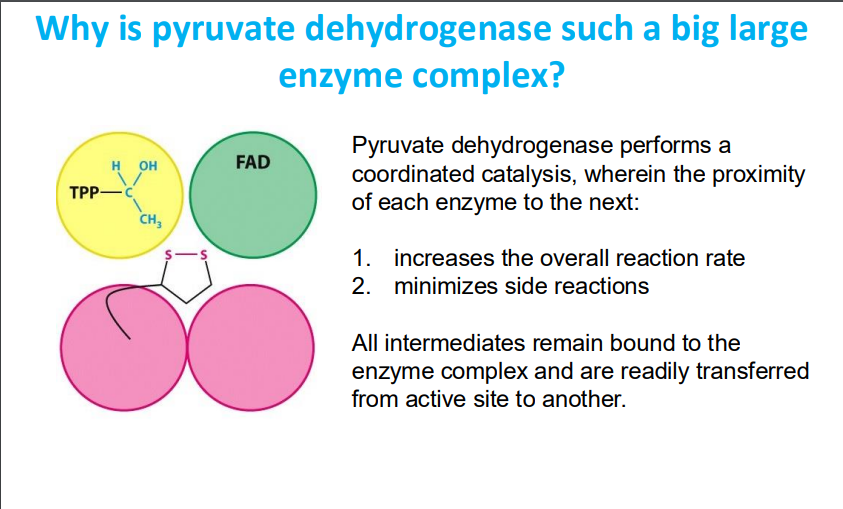
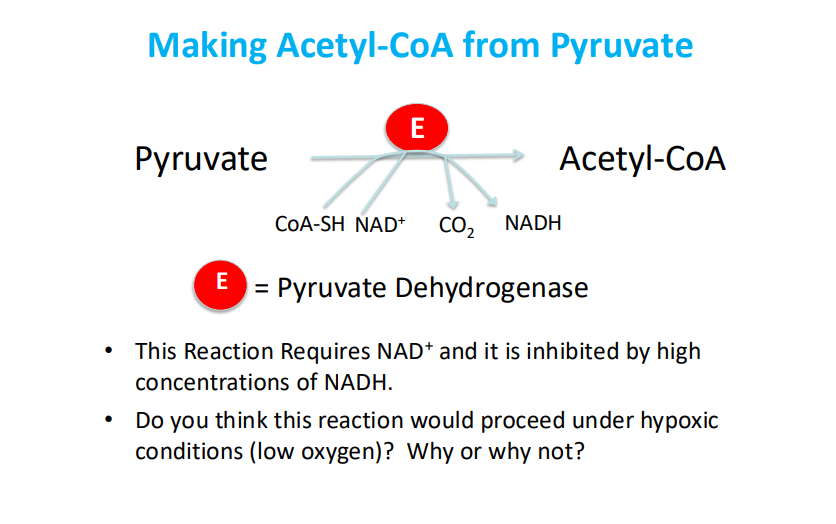
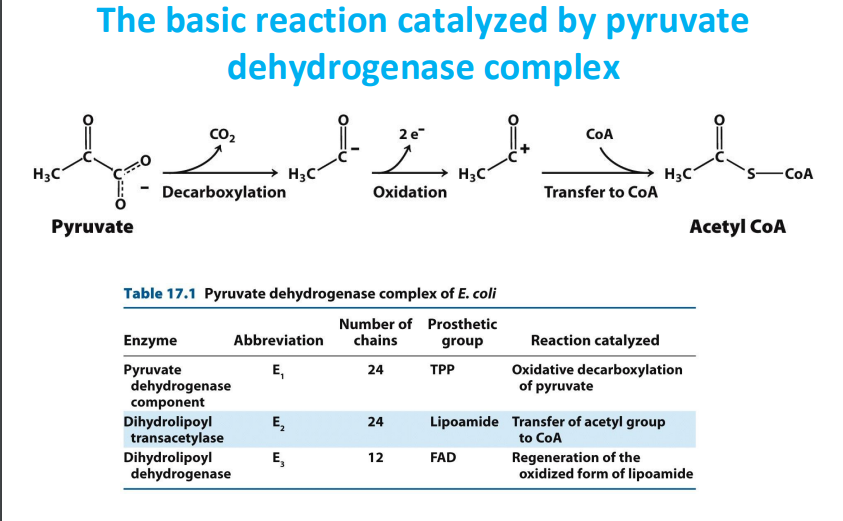


How does the citric acid cycle harvest high-energy electrons
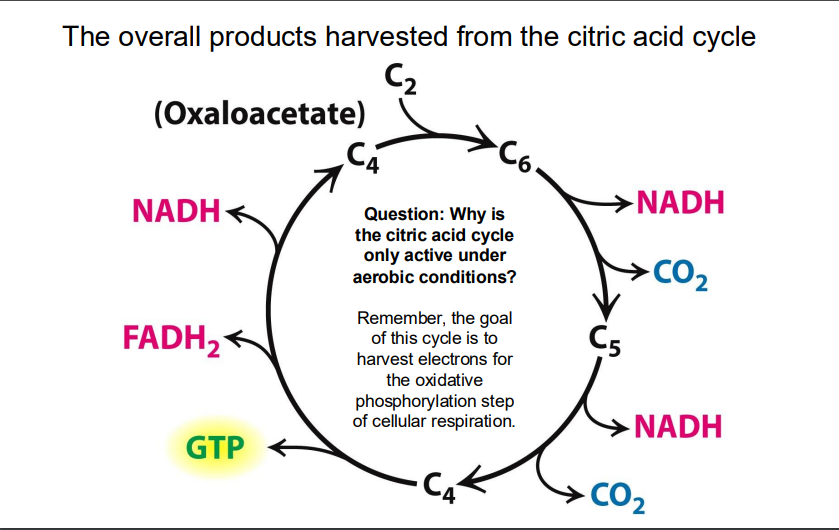
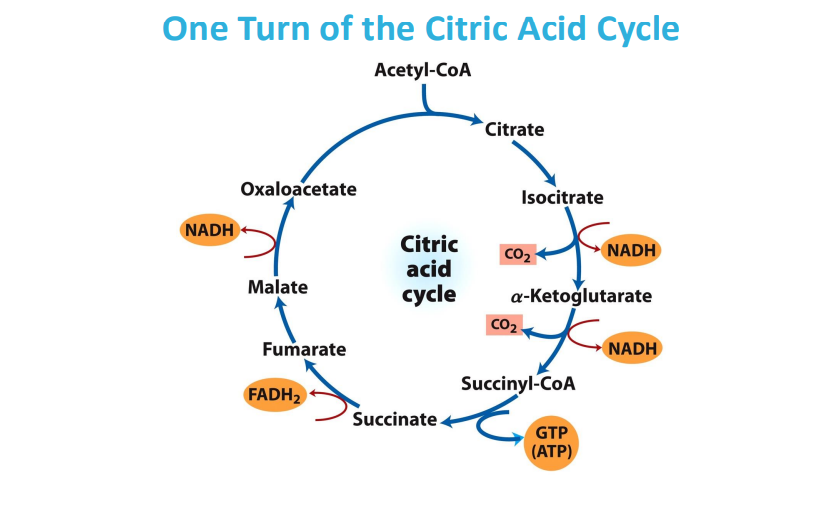
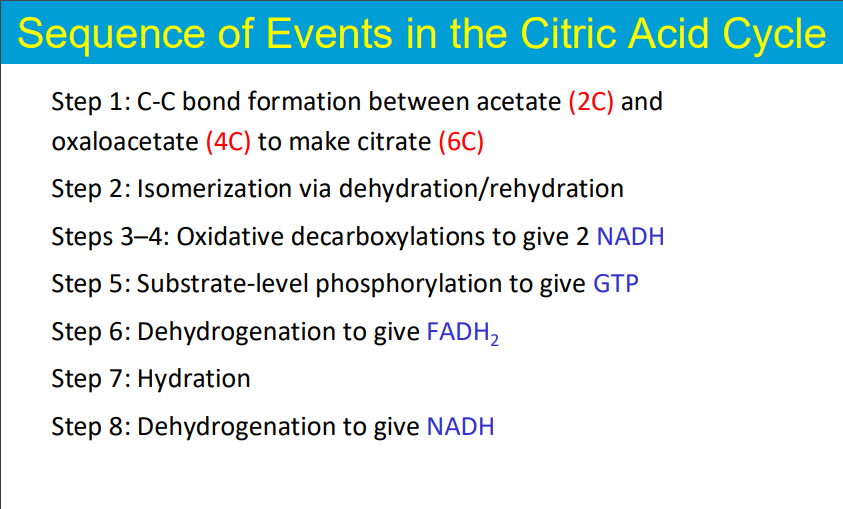
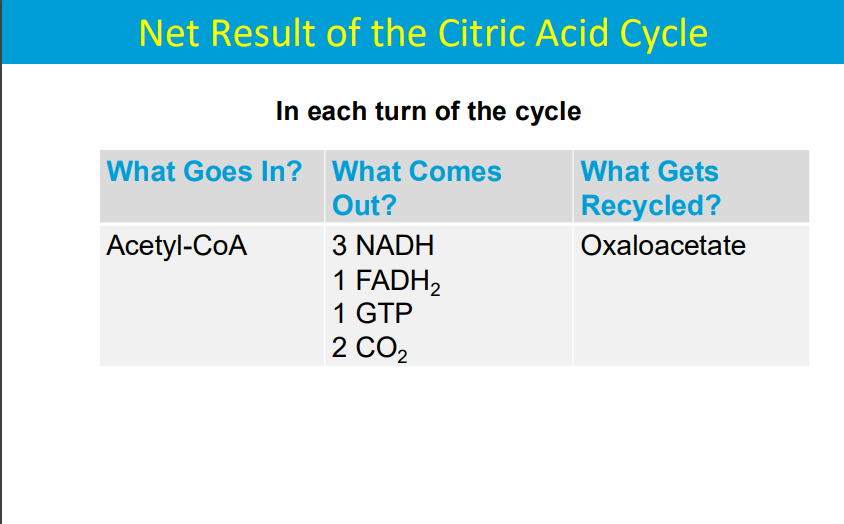
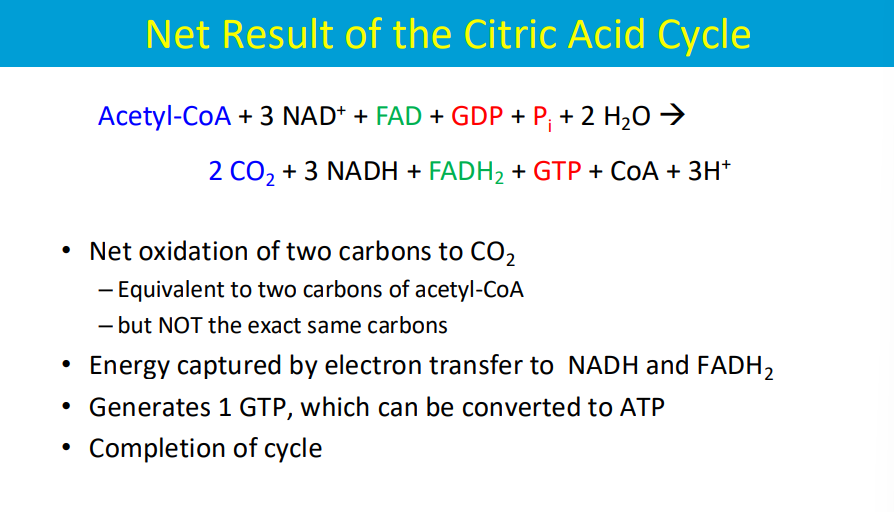
importantly, though the carbons are released as CO2, they are not the exact same carbon atoms that entered the cycle from acetyl-CoA due to the rearrangement steps within the cycle.
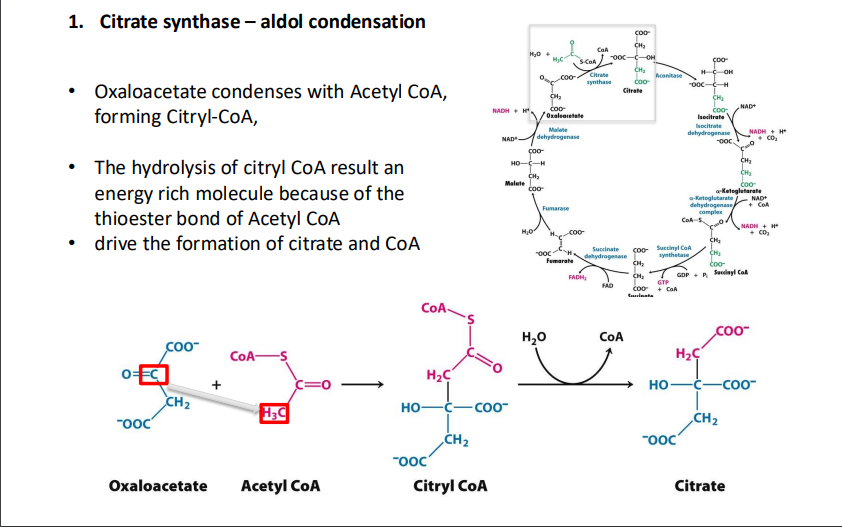
acetate (2C) oxaloacetate (4C) → citrate (6C)
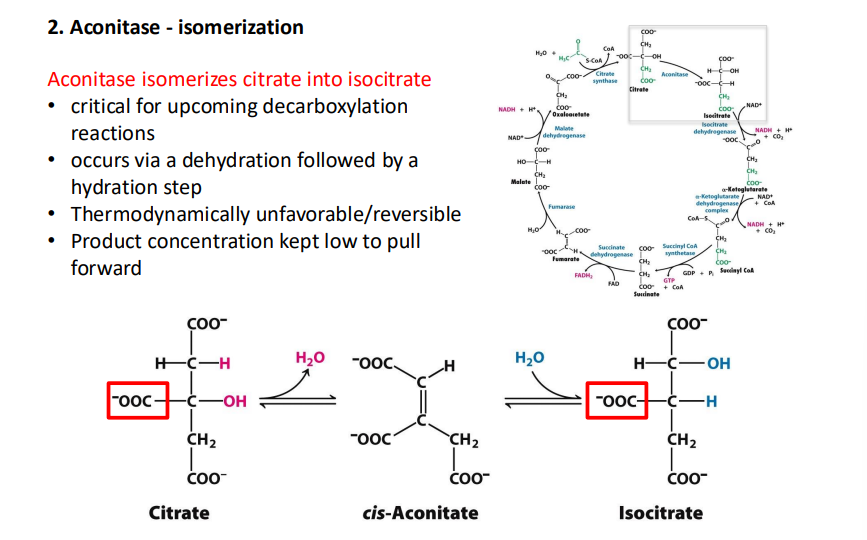
isomerization, the chemical process by which a compound is transformed into any of its isomeric forms, i.e., forms with the same chemical composition but with different structure or configuration and, hence, generally with different physical and chemical properties.
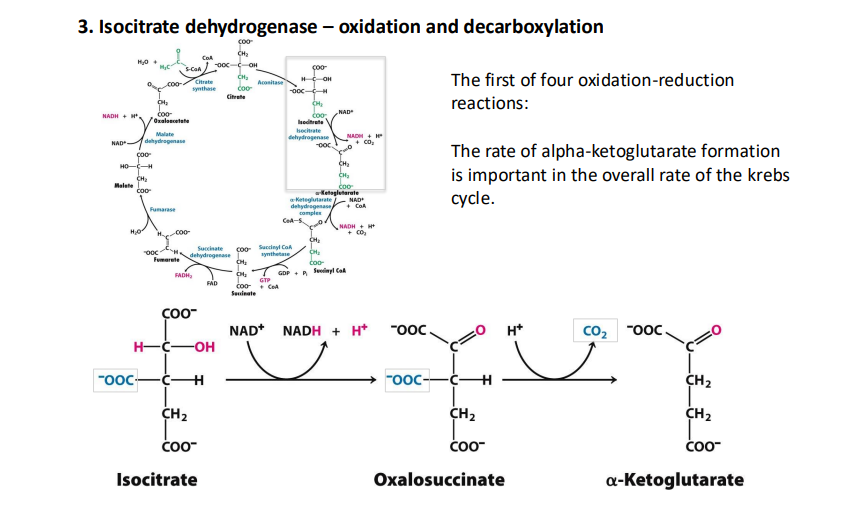
** generates an NADH
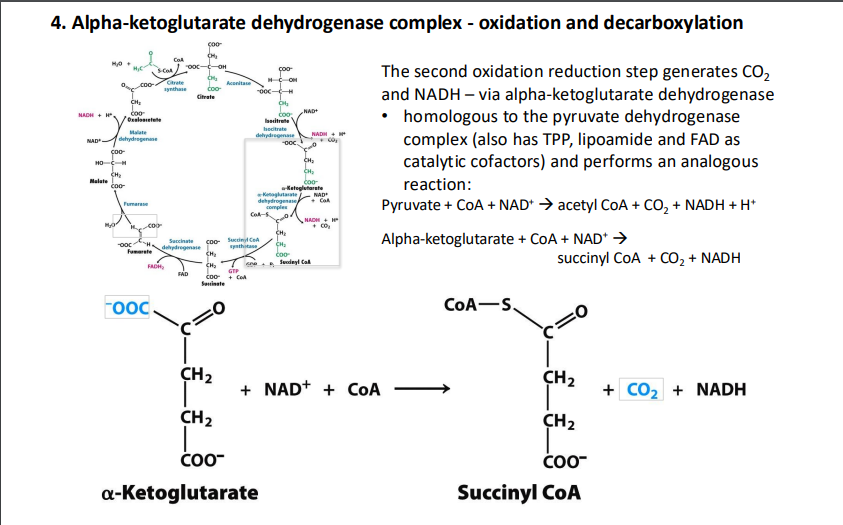
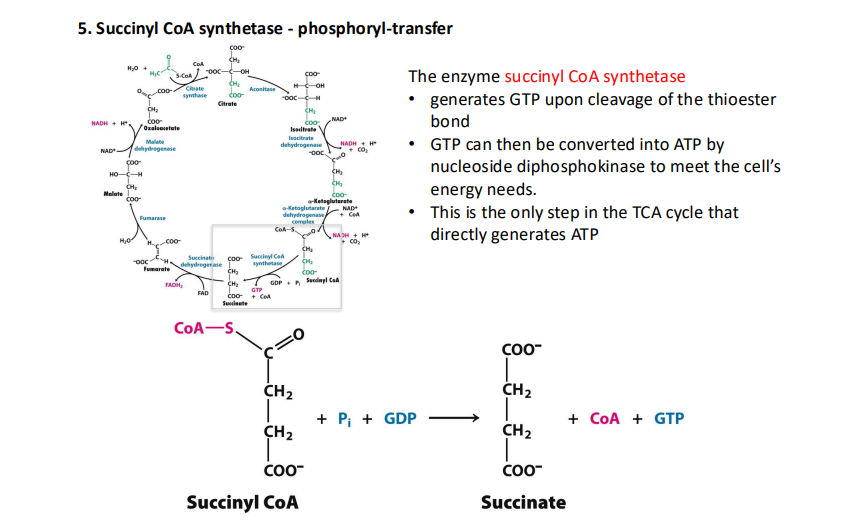
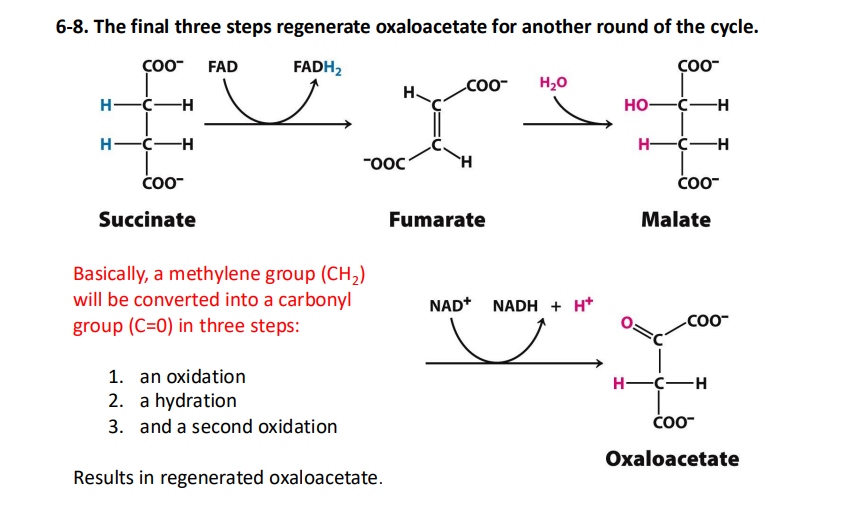
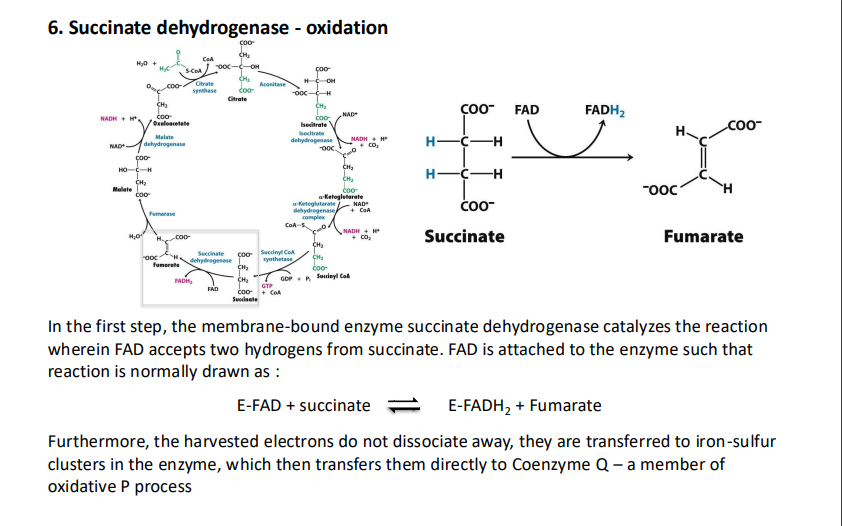
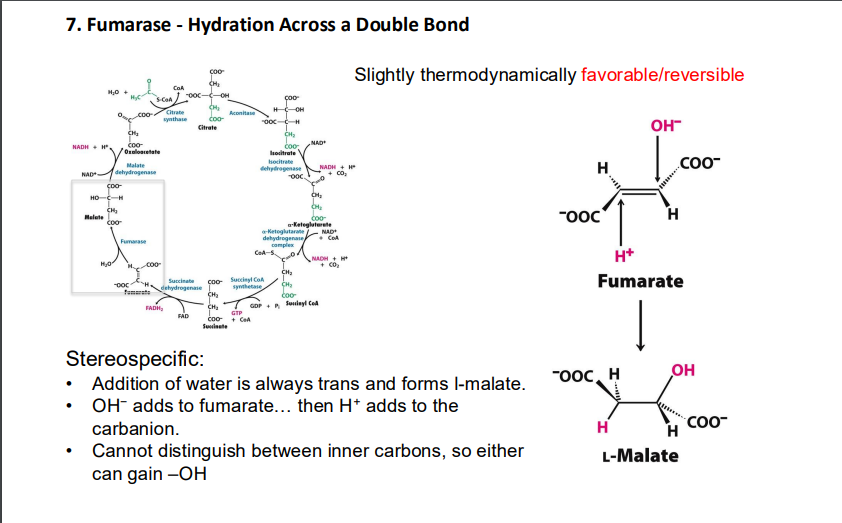
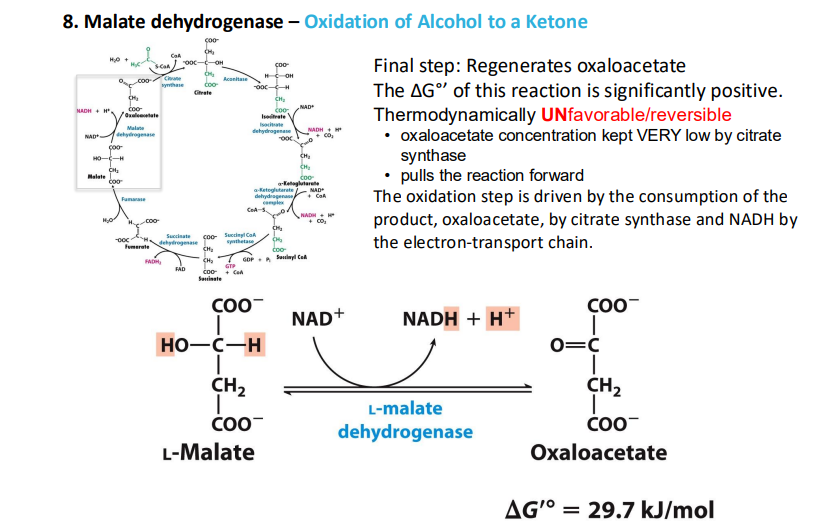
how is the citric acid cycle regulated
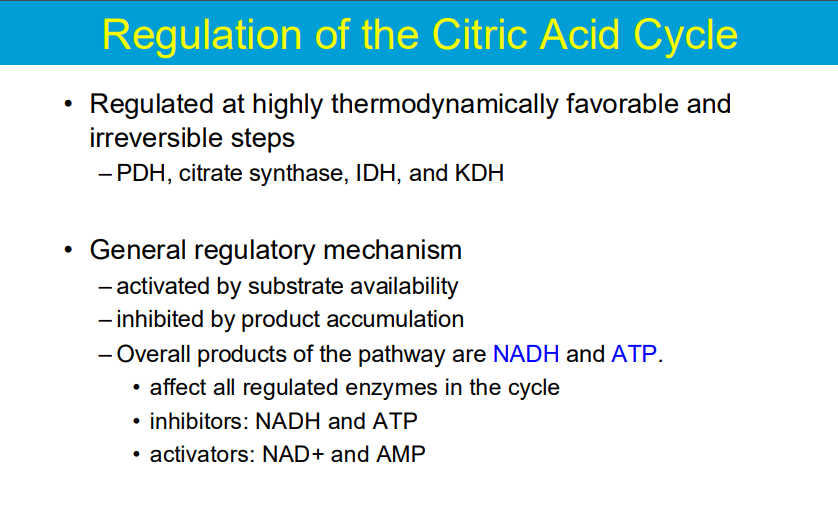
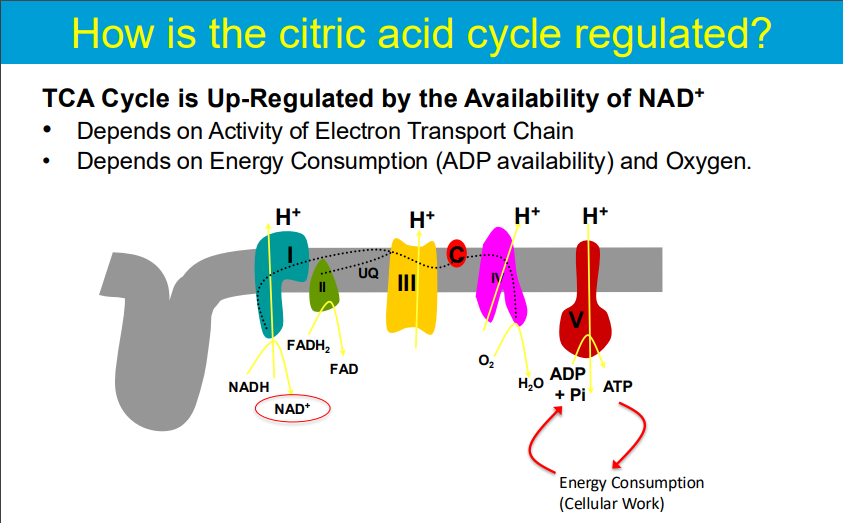
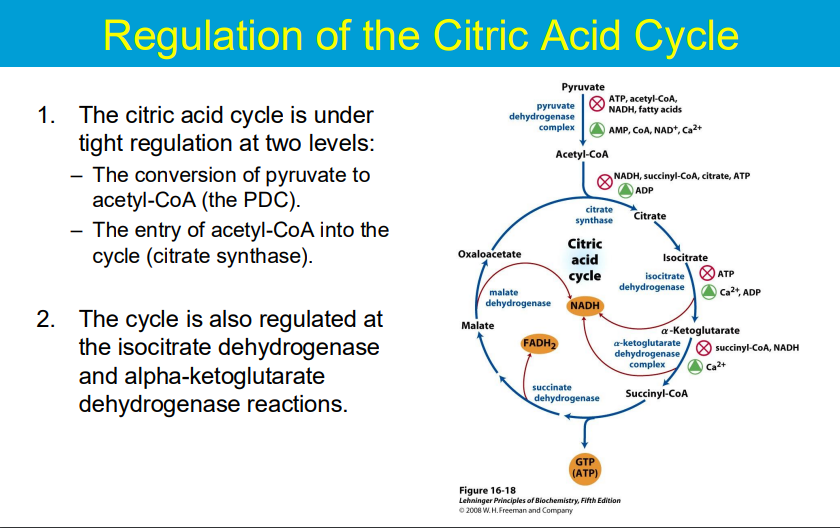
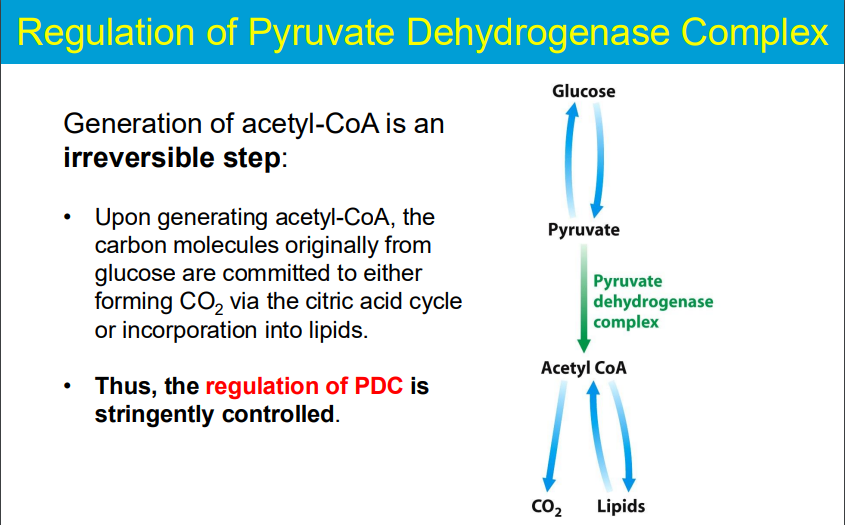
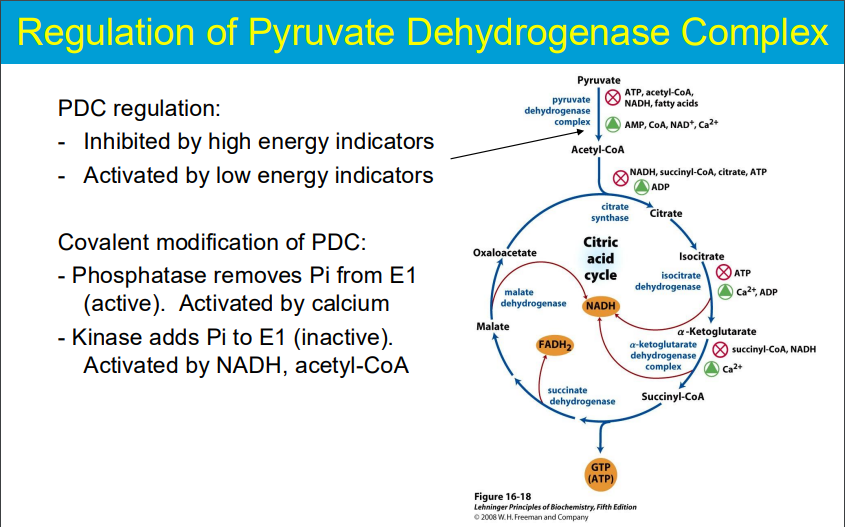
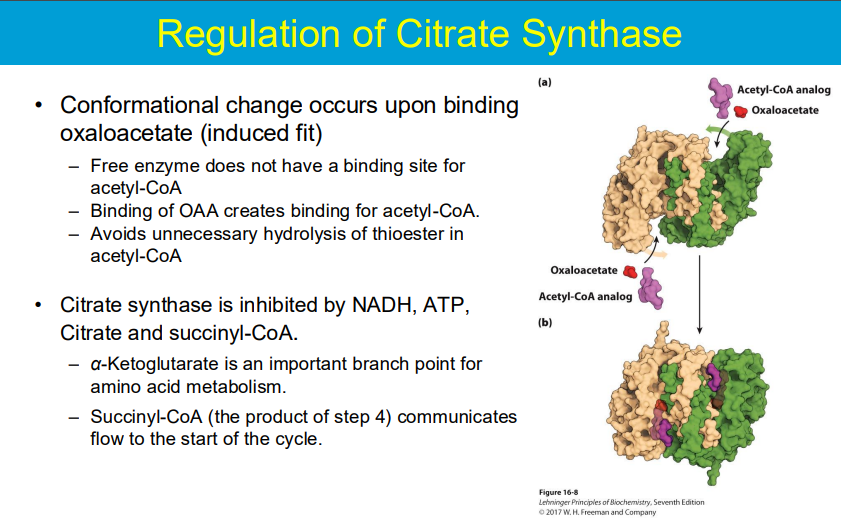
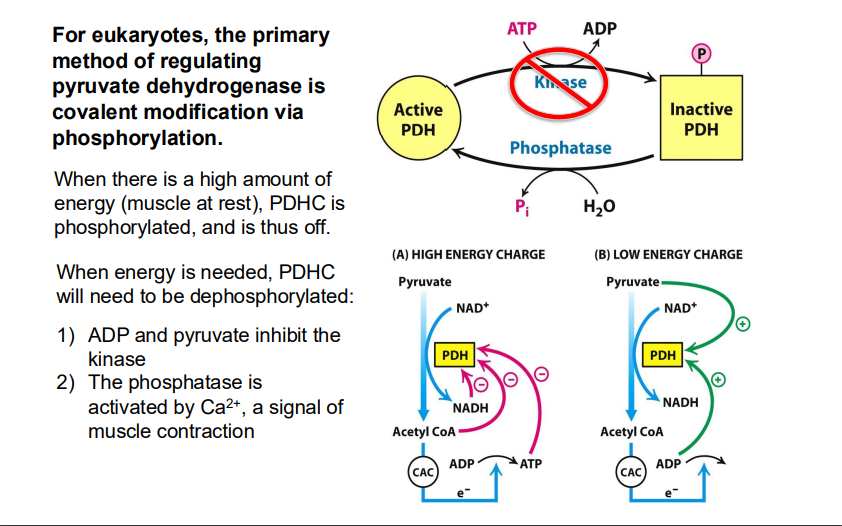
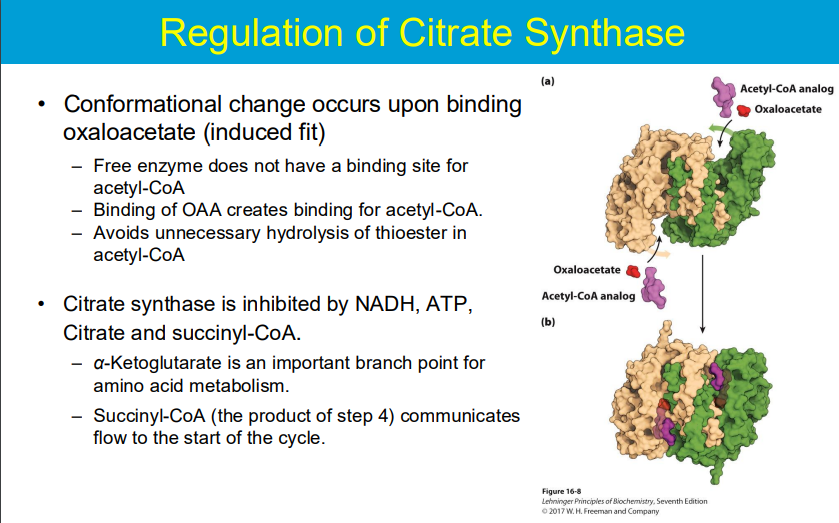
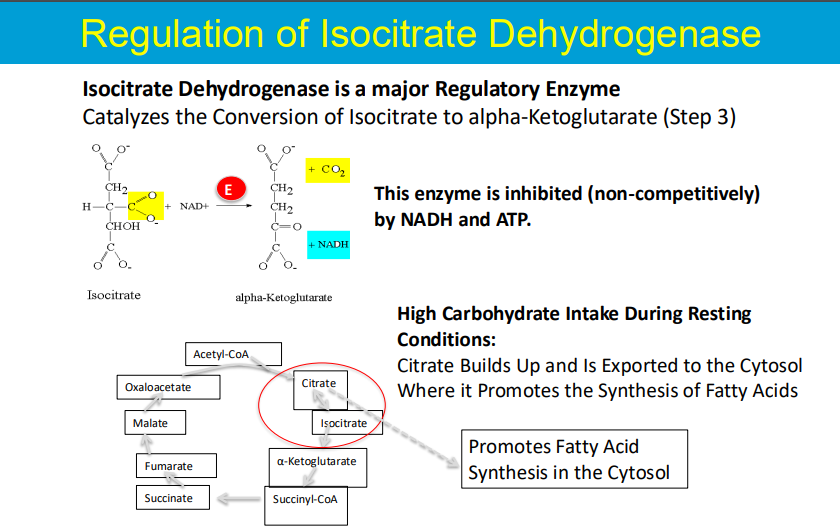
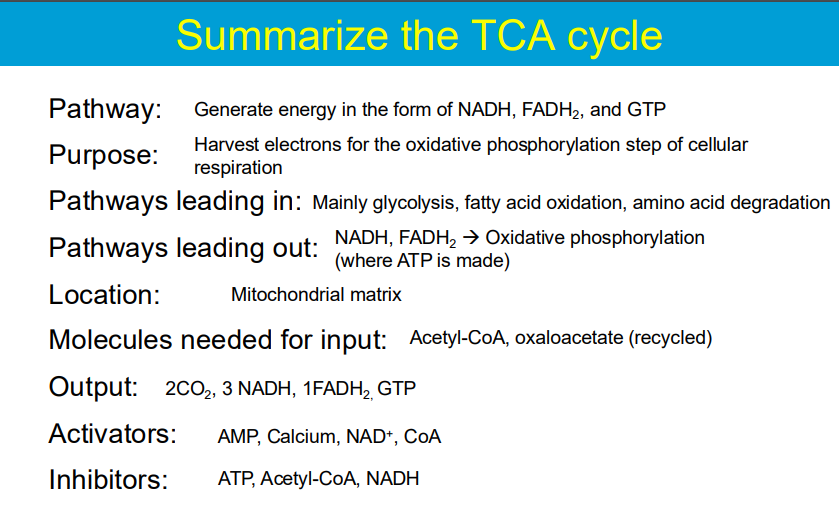
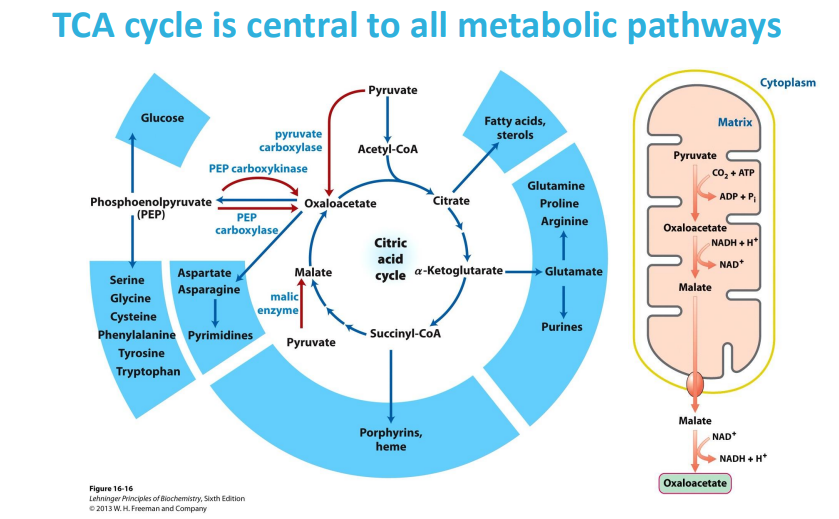
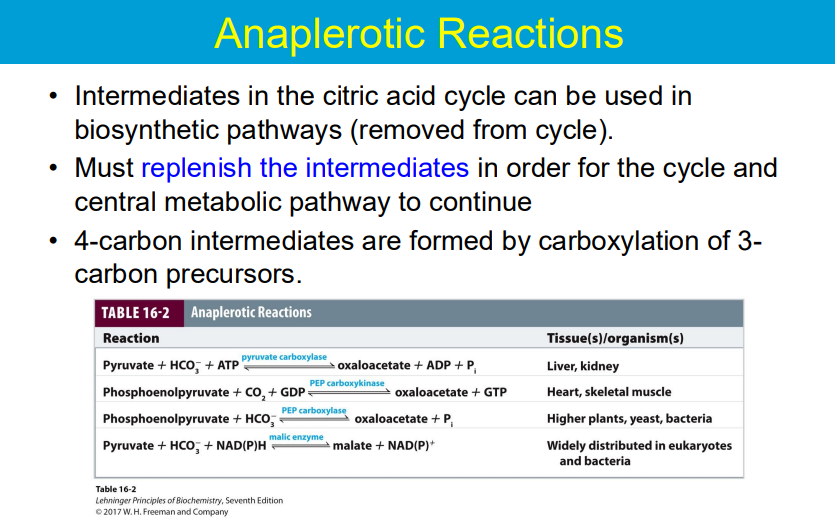
Anaplerotic reactions are metabolic pathways that replenish intermediates within the citric acid cycle (TCA cycle) which are used for biosynthesis, essentially "filling up" the cycle when intermediates are removed to be used in other cellular processes, and this is typically achieved by carboxylating 3-carbon precursors to generate 4-carbon intermediates, ensuring the cycle can continue functioning properly.
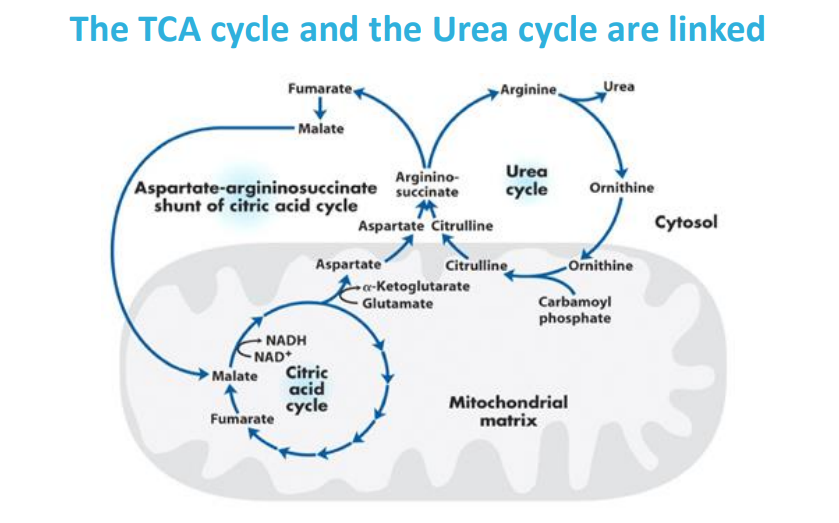
During the urea cycle, the breakdown of argininosuccinate generates fumarate as a byproduct.
This produced fumarate then enters the TCA cycle, where it is further metabolized to generate other important molecules.
Another molecule that connects the two cycles is aspartate, which is used in the urea cycle and is regenerated from the TCA cycle through the conversion of oxaloacetate to aspartate.
Importance of the link:
This connection allows for efficient nitrogen disposal through the urea cycle by utilizing intermediates from the central metabolic pathway (TCA cycle).
